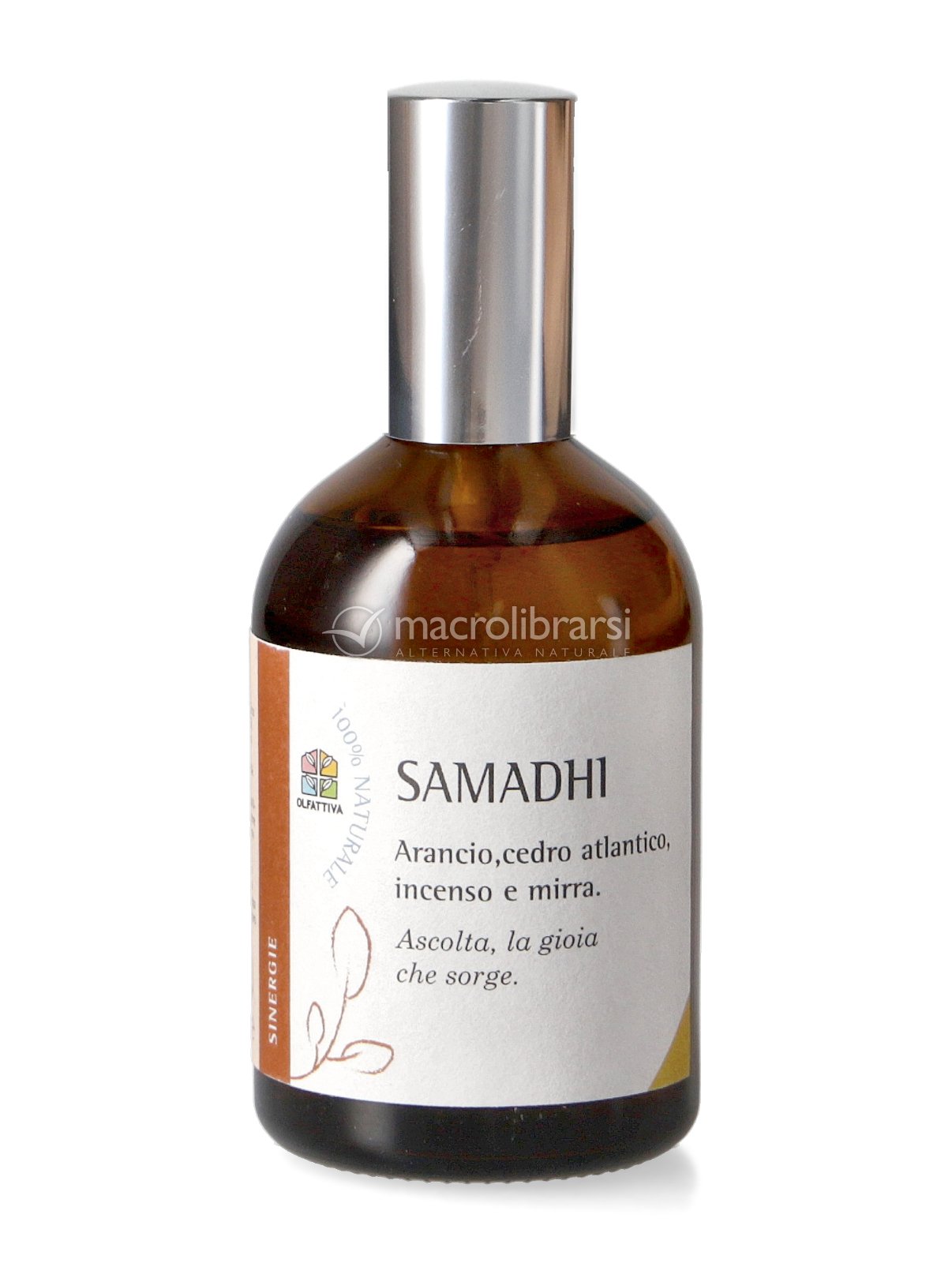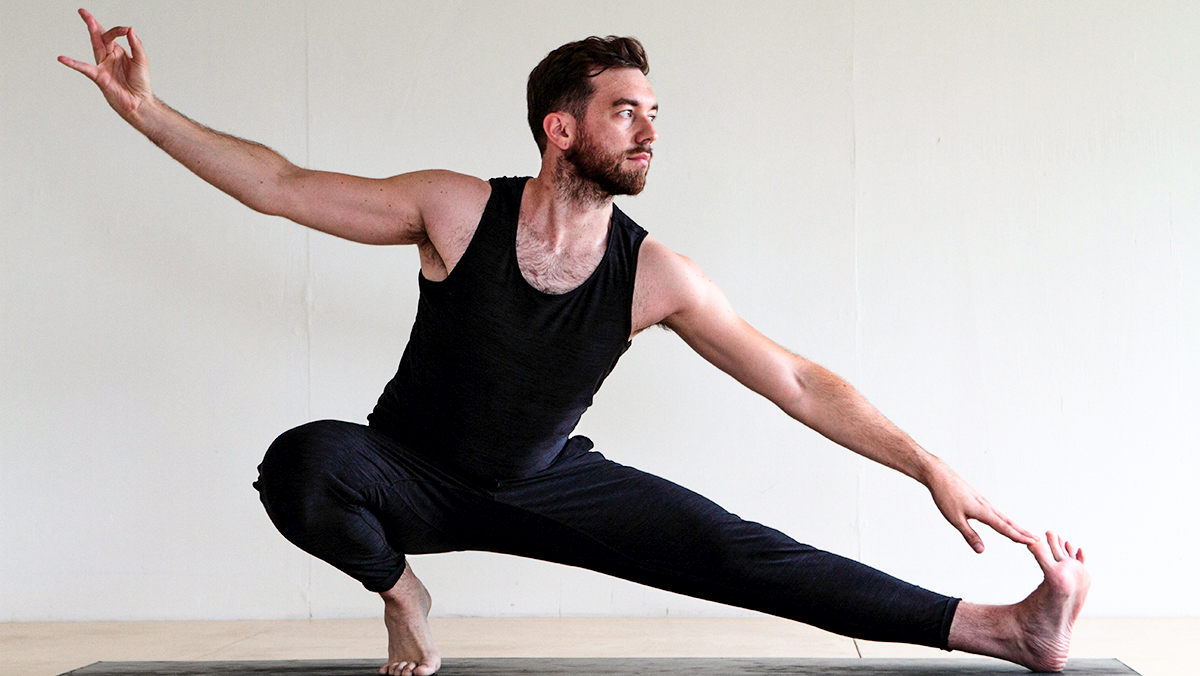
Yoga for Arthritis is an international non-profit that promotes yoga for arthritis. They provide yoga trainings that are research-based to healthcare professionals and arthritis sufferers. Their classes and trainings are designed to address specific needs of arthritis patients. Yoga for Artstritis offers training for yoga teachers to help increase the practice of yoga for arthritis. Sign up to teach yoga for arthritis patients or take a free class.
Your doctor should be consulted about yoga and arthritis before you attempt any form of physical activity. Your doctor might set some restrictions to make it easier for you to do yoga. Find classes that cater to arthritis patients. Instructors must have experience and be certified. Your instructor should know that you have joint pain. You can ask your teacher to modify the poses according to the pain.

Yoga is often recommended for those with arthritis. Some poses can be beneficial for those with arthritis and correct deformed postures. These positions are also beneficial for those with sexual issues. It is common for arthritis to affect the neck. This can be done by gently pulling the neck forward and back. Start by lying on your stomach and bending your knees. Your feet should not be more than a few inches apart. Next, bend your knees to lift your body off the ground.
Although yoga is safe and effective for those with arthritis, it's important to check with your doctor before you start. If you have joint pain in your neck or back, you may want to see an orthopedist to discuss the benefits of yoga. As with any activity, it is important to ask about the risks and side effects of yoga. It is important that you know which poses you can do without causing more pain.
There is no evidence to support the claim that yoga can be helpful for people with rheumatoid. Some poses can cause discomfort. For instance, tree pose could be painful for your joints. This pose can make the rheumatoid arthritis worse. Relaxation, breathing and meditation are all ways to manage pain. For relief, meditation and breathing exercises are also options. These will help reduce symptoms and improve quality of your life.

For arthritis sufferers, asanas can be beneficial. These asanas help to relax the various joints in the body. An easy yoga asana can be used to relieve pain in the hands. It involves a simple leg-to–leg movement. It can increase flexibility and strength in the arms and hands, wrists and neck. Some poses can even target the chest and back muscles. The many benefits of yoga have been well documented. However, it is important to understand side effects and limitations so that you can find the right balance for your body.
FAQ
What's a good routine for a daily workout?
Regular exercise is key to staying healthy. No matter what kind of exercise you do, as long you do it consistently. The most important thing is consistency. You must be consistent if you are to see results.
Start by doing small amounts of daily physical activity (like walking). Increase the time you spend exercising each day until you can do 30 minutes. This could be running, biking, swimming or weight training.
You should try to ensure that you exercise most days of the week. You should not miss any sessions unless there is a good reason.
When exercising outside, make sure you have the right clothing and shoes. Weather conditions can also affect your ability and safety to exercise.
When you exercise, make sure you are drinking plenty of water. It is best to avoid alcohol while you're exercising. Avoid caffeinated drinks, such as coffee, tea and cola. They can provide energy, but they also dehydrate.
When you first start exercising, you might feel tired after completing your workouts. If you stick with your training program, you'll feel more awake and alert.
What is a good seven-day workout routine?
A seven-day exercise plan should include cardiovascular training (running/biking/swimming), strength exercises (using weight machines, free weights) and one flexibility/core program (yoga or Pilates). Each activity must be completed at least once per week. Each session should last no more than 45 minutes.
Cardiovascular Exercise: Running, Biking, Swimming
It is important to complete at least 60 minutes of cardio per week. Aim for 75 minutes per week to get the best results. Cardio exercises can be used to increase blood flow, stimulate muscle growth, and improve blood circulation.
Strength Training
While cardio exercises target the heart and lungs, strength training targets the muscles and bones. Strength training builds lean muscle mass, which helps burn calories even when resting.
Flexibility & Core Workouts
You can strengthen your entire body by strengthening flexibility and core exercises. Both yoga and Pilates can be great choices.
Does Weightlifting Burn Fat Faster?
Although weight lifting can help you lose fat more quickly, it is best to combine it with cardio exercises.
For the best results of weightlifting, do it after cardio exercises.
Weightlifting is a good way to lose weight. It increases your heart beat and oxygen consumption.
However, if you don't combine it with cardio you won't see any significant changes to your body composition.
Do I have the obligation to exercise every day or just on occasion?
No! No! It means you need to exercise hard enough or walk fast enough that you are slightly out-of- breath.
Is Cardio Better Than Strength Training?
Both are equally effective. If you want to increase muscle mass faster, cardio is the better option.
Cardio burns more calories per hour than strength training, and also burns more fat.
Strength training builds muscle mass, but it takes longer to achieve this goal than cardio.
Is it true that overeating protein causes kidney stones?
Protein is essential for healthy bones and tissue. Too much protein can cause calcium to be excreted through the urine. This can lead kidney stones.
It is important that you note that not all people develop kidney stones when they consume more than 2 grams of protein per kg (2.2 pounds). You don't have to eat a lot of protein to get kidney stones.
By watching how much sodium you consume, kidney stones can be prevented. The kidneys regulate the amount of sodium they consume. Too much sodium results in a higher risk of developing kidney stones.
You may also want to reduce your protein intake in the event of kidney stones. Protein provides about half of the daily caloric needs for most adults. Reduce your intake of protein and you will likely lose weight.
If you do decide to eat more protein, don't go overboard. Do not eat more than 20% of your daily calories from protein.
Statistics
- Candidates and applicants must pass all four tests at 70% (minimum level) to graduate from Basic Deputy U.S. Marshal (BDUSM) Training. (usmarshals.gov)
- The PRS enabled risk stratification for overall prostate cancer and lethal disease with a four-fold difference between men in the highest and lowest quartiles (HR, 4.32; 95% confidence interval [CI], 3.16-5.89). (pubmed.ncbi.nlm.nih.gov)
- According to the American Heart Association, blood pressure should be checked at least once every two years, beginning at age 20. (my.clevelandclinic.org)
- An estimated calorie range for moderately active adult males falls between 2,200 to 2,800 calories per day, depending on age. (eatright.org)
- Are You One of the 20% of Guys (mh.co.za)
External Links
How To
How does a man become fit in just 30 days?
The best way to achieve fitness goals is by breaking them into small achievable steps.
You need to make sure you are working towards the goal each day. This could be as simple as doing 10 pushups and running for 3km.
Consistently doing this will lead to positive results.
The key thing here is consistency. You must persevere until your success is achieved.
What is the main difference between Aerobic Fitness or Anaerobic Fitness
Anaerobic fitness means that our bodies can perform intense physical work with no oxygen. Anaerobic pathways provide sufficient energy for high-intensity exercise. Anaerobic pathways include glycolysis (creatine phosphate), the phosphagen and lactic acid.
In contrast, aerobic fitness refers to sustaining continuous low-intensity exercise. While performing aerobic exercises, oxygen is used as the primary source of fuel for the cells. In other words, the aerobic pathway provides more energy than the anaerobic pathway.
To run a marathon you need to first increase your aerobic capacity. If you only focus on building up your anaerobic capacity, you won't be able to finish the race.
Aerobic fitness may also be known as cardiovascular fitness. Step tests and VO2 max testing are the most popular methods to measure cardiovascular fitness.
VO2 Max Testing
VO2 max refers to the maximum amount of oxygen (O2) used by the body during exercise. This test measures how much oxygen the body can use while exercising.
This test measures cardiovascular fitness in a way that is most accurate. This test requires expensive equipment, and highly qualified professionals to administer.
Step Tests
Step tests can be used to assess cardiovascular fitness. They are easy and effective. You will be asked to walk, jog or run for a specific time on a track. This is based on your age or weight.
These tests are inexpensive, easy to conduct, and can be done almost anywhere. For instance, you can walk on a treadmill for 2 minutes, rest for 1 minute, repeat this process for 20 minutes, and then stop. Your heart rate should remain within a specific range throughout the whole session.
This is the "Bruce Protocol". Bruce, himself a runner developed this protocol when he realized his heart rate didn't rise when he ran long distances.